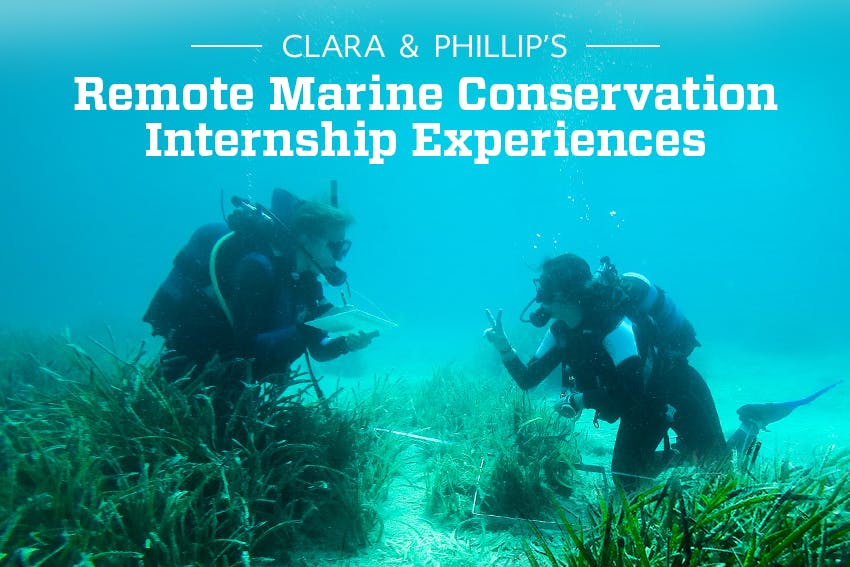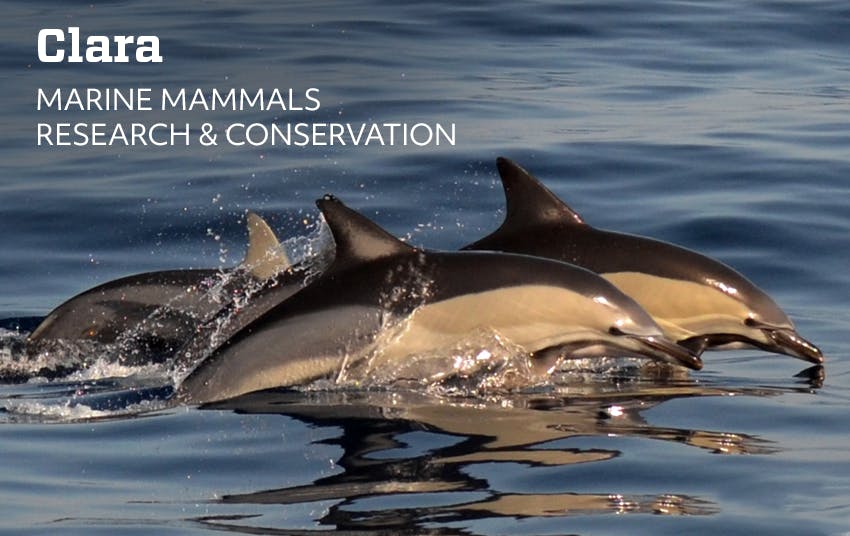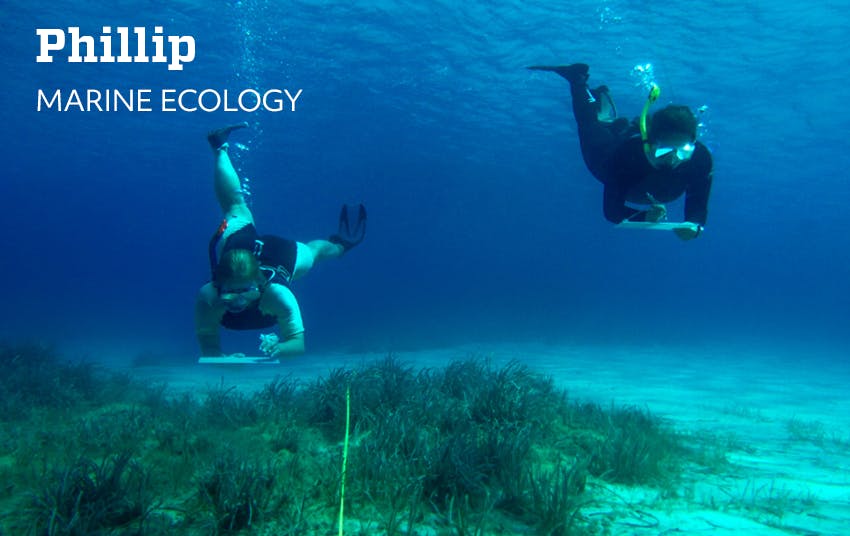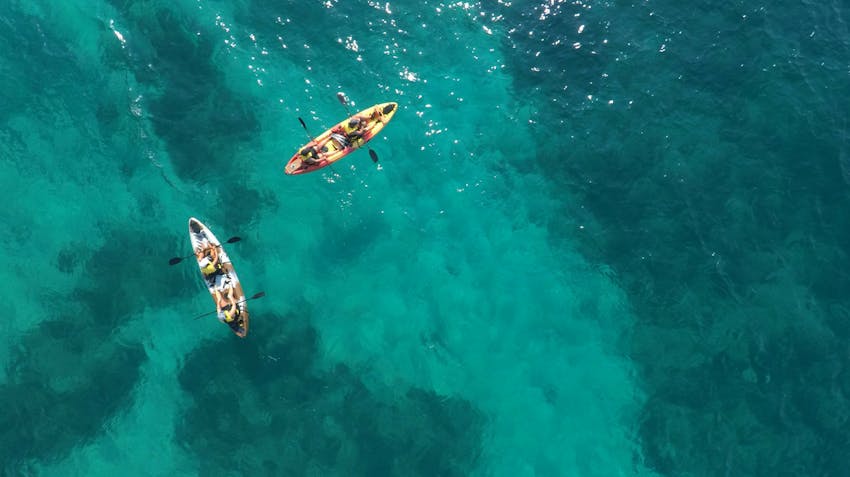If you’re passionate about a hands-on career in Environmental Sciences, you may be wondering how a remote internship can deliver relevant experience related to fieldwork.
While physically being on-site has its advantages, careers in conservation work increasingly utilize technology to promote awareness, build global networks, maximize data collection, improve analysis, and reduce the environmental footprint in ecologically fragile areas.
Interns who contribute to Remote Environmental and Marine Science projects develop practical competencies related to drone footage analysis, species identification, GIS mapping, cataloging, public relations, and more.
You also benefit from the remote learning platform, which hones communication and computer literacy. These kinds of skills and activities play a major role in the careers of scientists.
Conducting your internship virtually delivers a global experience and perspective, while enabling you to demonstrate your ability to collaborate flexibly, proactively, and with mature self-management.
If you’re looking to fortify your studies with real-world experience but can’t commit to an internship away from home - or even a full time internship placement - then remote internships are the practical, flexible, affordable, and eco-friendly solution.
To show you just how these experiences come to life, we’re sharing two remote intern case studies below. Read on to learn more about Clara and Phillip’s online conservation internships!
My Remote Marine Mammals Research & Conservation Internship - by Clara Malekshahi
As a remote intern on the project studying site fidelity in Delphinus delphis populations, much of my focus was on analysis of photo identification data. Previously, I have carried out research involving parasites in marine mammals at Smith College, but this internship provided me with the opportunity to gain real-world experience with field work.
I was not able to physically go to Greece for the Marine Conservation internship, so I did the internship remotely instead. My internship tasks were split between data analysis of the collection of photographs taken in 2017 by the Marine Mammal team, and an independent project focusing on site fidelity.
Tell us about the data analysis component of your remote internship
The photographs illustrated the amazing variety of cetacean species in the Samos-Lipsi area. Photo identification is an affordable, non-invasive technique used by scientists to keep track of population demographics. For dolphins, this photo identification focuses on the dorsal fin, which can be quite distinctive and unique to a dolphin individual. My analysis was based on photographs of Delphinus delphis (common dolphins) from 2017.
First, I determined which photographs were of a high enough quality and could be used to distinguish a dolphin. Next, I used the existing catalogue of D. delphis, identified by the research institute, to record which dolphins were spotted in 2017. This work emphasized the importance of observation and fastidious analysis for photo identification of marine mammals in the field.
What was involved with the independent project focusing on site fidelity?
I wrote a mini report studying site fidelity of D. delphis from 2015 to 2018 in the Samos-Lipsi area. Site fidelity is a phenomenon exhibited by many animals, in which they are seen returning to previously inhabited areas. Scientists hypothesize that dolphins exhibit site fidelity towards sites that are important for feeding, mating, and calving. My study identified some instances of site fidelity between years, especially in six individuals. Overall, there was low but present site fidelity.
How did this remote internship provide you with real world, practical experience?
My independent research project made use of my research skills, honed my scientific writing ability, and gave me experience with GIS mapping technologies. It allowed me to apply the concepts I was learning about for my own independent project. My research advisor, Patrice Hostetter, was extremely helpful and was involved with every step of both the data analysis and my independent project. I thoroughly enjoyed my remote internship in Marine Conservation. I hope to be able to visit Samos soon and see all of these dolphins in real life!
My Remote GIS Spatial Analysis for Marine Conservation Internship - by Phillip Gwynn
I worked on a remote internship programme using GIS for six weeks, which opened the doors to a new field of research in marine conservation for me. I began my placement from home, where my pre-existing GIS skills were put to the test, tackling new spatial analysis problems and developing my skills as a researcher.
I decided to apply for an internship abroad back in January/February 2020. The use of GIS and remote sensing within Greece sounded like an amazing opportunity. Unfortunately, the rise of COVID-19 meant that the placement abroad had to be cancelled. However, I was offered a remote intern program for six weeks to compensate for the missed real-life opportunity.
How was your internship adapted to accommodate a virtual collaboration?
The project I worked on was in relation to studying the presence and absence of Posidonia oceanica seagrass around the island of Samos with the aim of understanding how accurate different map datasets were for this particular species, endemic to the Mediterranean.
Posidonia oceanica is a species of seagrass which provides essential ecosystem services such as food provision, coastal protection, carbon sequestration, increased water quality and life cycle maintenance. My task was to find out which mapped dataset was the most accurate at revealing the presence or absence of P. oceanica.
Before undertaking any GIS and spatial analysis, I produced a literature review to gain a deeper understanding of the range of methods involved to map P. oceanica, which ranged from satellite imagery, Side Scan Sonar (SSS), to Autonomous Underwater Vehicles (AUV). I was provided with datasets produced by the Greek government from 2015, a study undertaken by Topouzelis et al (2018) and the Marine Conservation Institute itself. One of the maps I produced compared data to demonstrate a lot more of the specific seagrass species within the region.
What value did the remote internship bring to your professional development?
Despite the situation of working from home for six weeks and not being able to experience the local environment, I quickly adapted during an unprecedented time, which employers will certainly value more looking towards the future. I don’t think I’ve ever video called as much as I did during the placement. The virtual internship brought me out of my comfort zone in that respect, so I don’t dread calling people as much as I used to!
Learn more about Intern Abroad HQ’s remote internships here.
How can I get started?
Our step-by-step guide on how it works provides you with more information on how to get started. The process is user friendly and there are two options you can take to get the ball rolling.
-
If you’re unsure of which internship program is right for you, you can simply check availability to submit an enquiry which will help us to point you in the right direction. If you want to chat over the phone, you can also find our full contact information here.
-
If you already have an idea of what you want to do, and when you want to do it, you can submit your application. It doesn’t cost anything and won’t take more than 5 minutes. However, your formal expression of interest provides the foundation for us to help you take the next steps.




